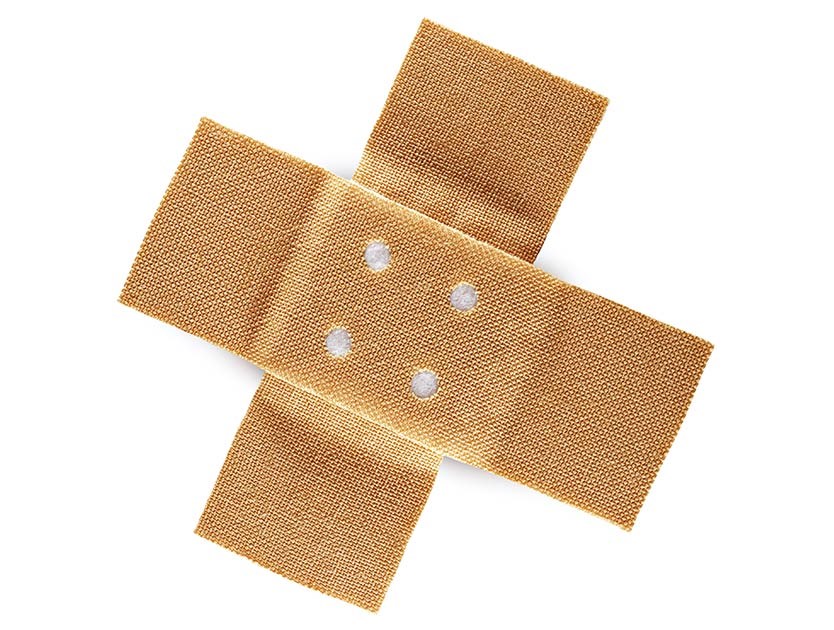How to protect yourself against cuts and punctures
Eliminate and prevent. It is a matter of establishing clear and simple processes and creating order and clarity. It is also a matter of the prevailing attitude and safety culture. Consider whether it is possible to eliminate the risks from the start by, e.g., dismantling sharp objects that are in the way of doing the actual job.
Use and choose the right arm and hand protection – a simple and inexpensive insurance to avoid cuts and puncture wounds.
Make sure that users have access to equipment. The person performing the job must also be aware of the risks.
Conduct ongoing risk assessments and systematic work environment management. Focus on safe behavior; create good routines and attitudes. This contributes to insights into the existing risks. The risk assessment must be documented in writing. (Swedish Work Environment Authority/AFS statutes)
In these regulations, systematic work environment management refers to the employer's efforts to investigate, implement and follow up activities in such a way that work-related illness and accidents are prevented and a satisfactory work environment is achieved.
Use the correct PPE and tools. Today, there are many high-quality cut-resistant gloves and arm protectors to make your everyday life safe. Fit and comfort are an important part of this, which contributes to increased use of personal protection. Choose safety knives. There is a wide range of knives with automatic blade retraction and blunt tip, as well as models with fully concealed blades, which significantly reduces the risk of user injury.


